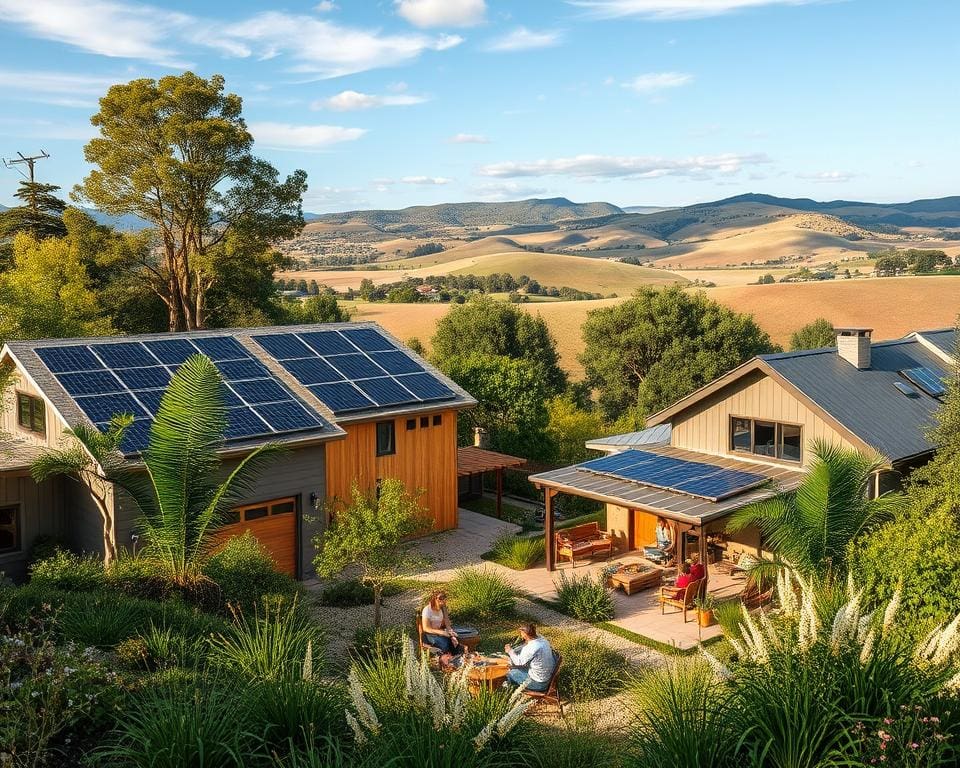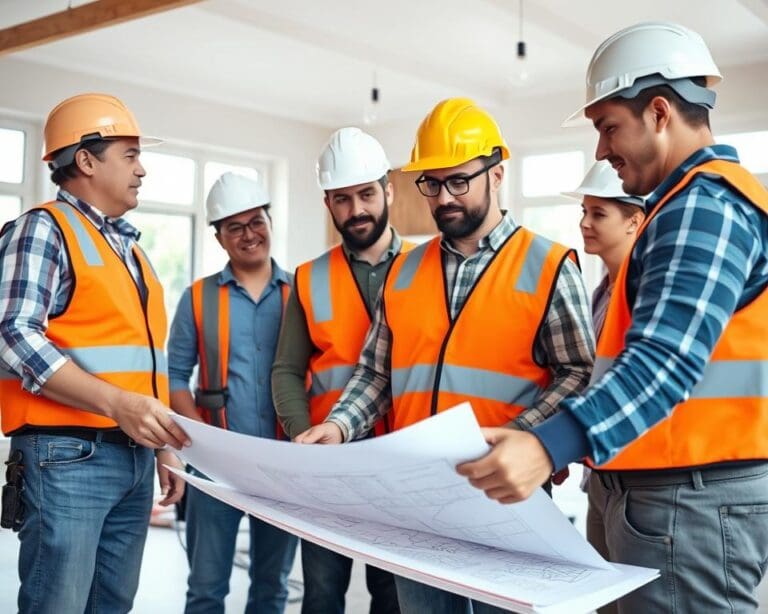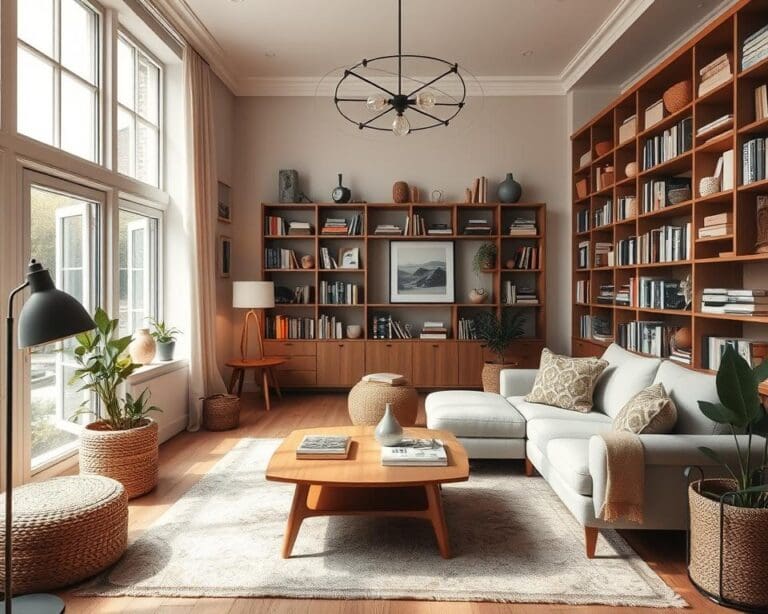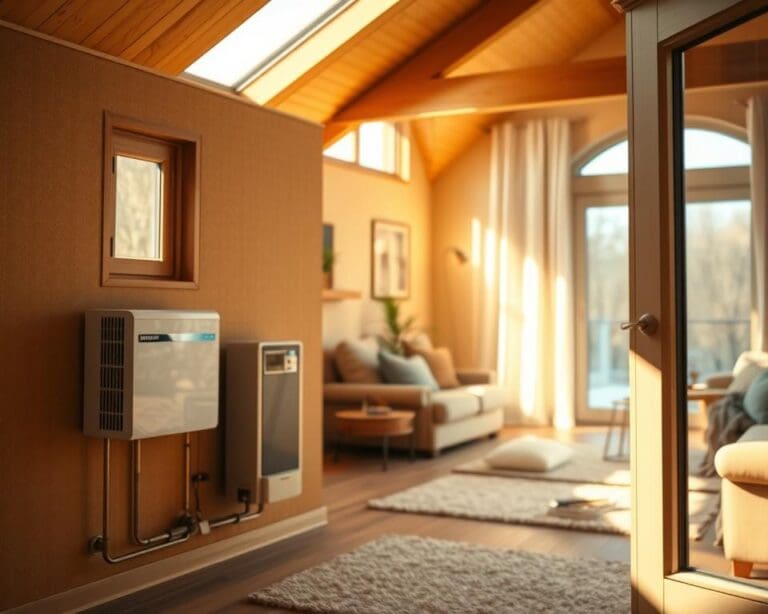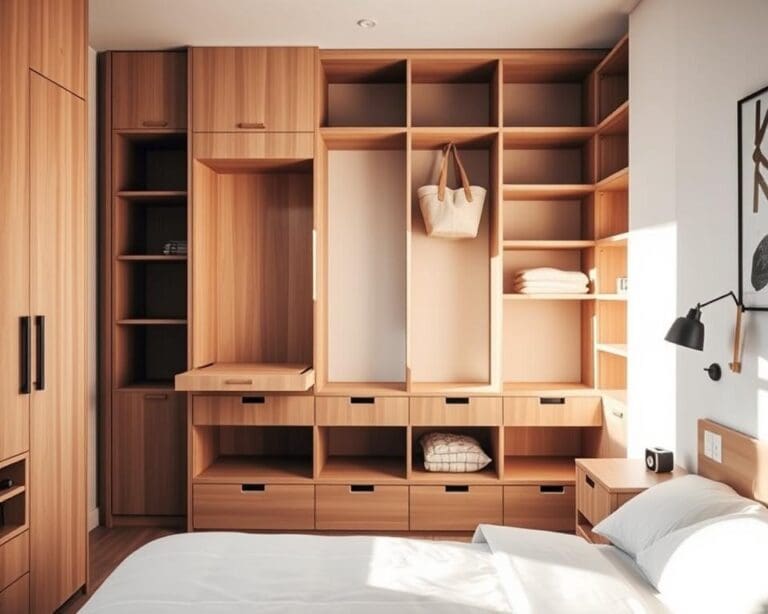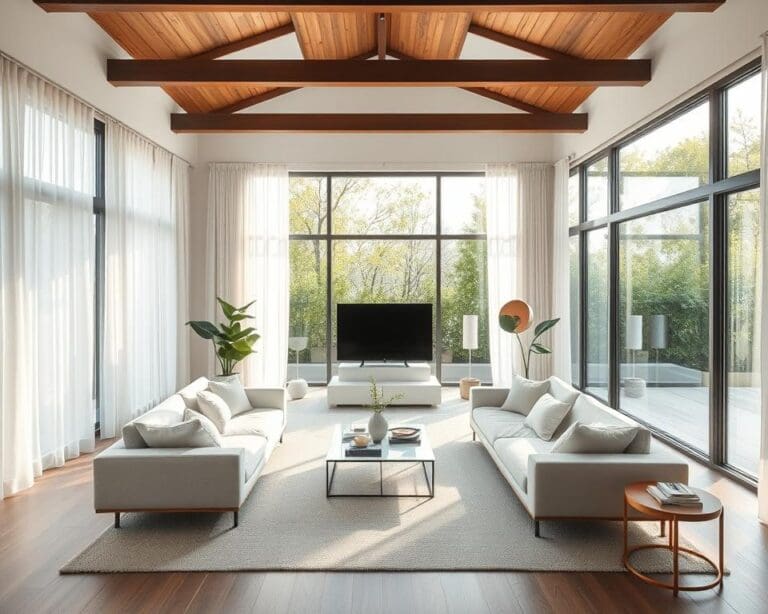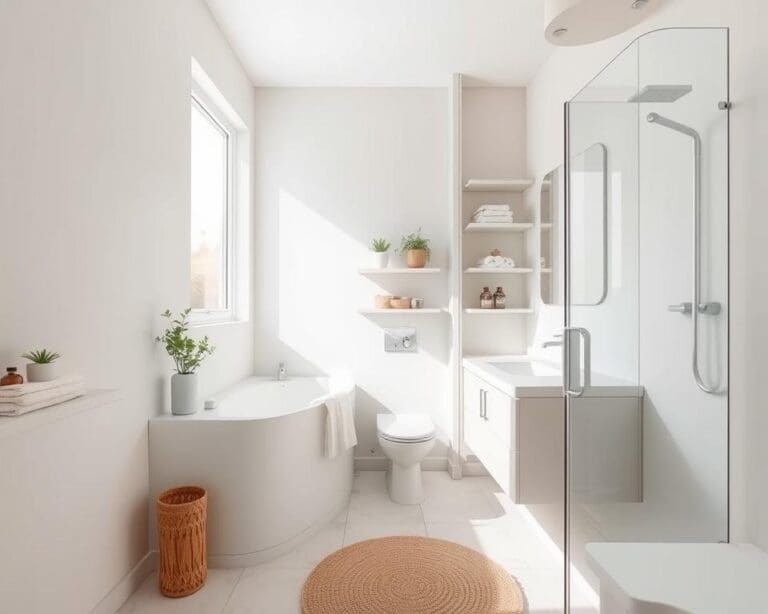As the demand for eco-friendly housing increases, sustainable homes have emerged as a pivotal solution in addressing the housing crisis. These homes not only prioritise environmental stewardship but also offer remarkable cost-saving features. The integration of sustainable design principles results in long-term financial advantages, making them a viable option for those seeking affordable housing. By focusing on energy efficiency and utilising renewable energy systems, homeowners can significantly reduce utility bills and mitigate the impact of fluctuating energy prices.
Additionally, government incentives and support can further enhance the affordability of these properties. Investing in sustainable homes is not just about making a responsible environmental choice; it is about creating a financially secure future. Embracing eco-friendly housing today is a step towards a sustainable tomorrow.
Understanding Sustainable Homes
Sustainable homes embody the principles of sustainable living, aiming to create spaces that are environmentally responsible and resource-efficient throughout their life cycles. The core of sustainable living revolves around minimising the carbon footprint while maximising the positive impact on both occupants and the surrounding environment.
Eco-friendly homes are designed with several key elements that reflect green building concepts. These include energy efficiency, water conservation, and the use of renewable or recycled materials. Such materials not only help reduce waste but also enhance indoor air quality, creating a healthier living space.
Building sustainably carries numerous benefits, as it decreases reliance on non-renewable resources and fosters a sustainable future. This approach mitigates climate change by lowering greenhouse gas emissions and promoting biodiversity, ultimately leading to resilient communities.
Understanding sustainable homes is crucial for everyone looking to make informed choices in their living environments. By prioritising sustainable living, we can collectively contribute to a healthier planet for current and future generations.
Energy Efficiency and Cost Savings
Energy efficiency plays a crucial role in enhancing the affordability of sustainable homes. Various technologies and systems contribute significantly to reducing energy consumption and ensuring substantial cost savings on energy bills over time.
Insulation and Heating Technologies
Advanced insulation technology is essential for minimizing heat loss within a home. High-performance thermal insulation materials help create a barrier against cold air, thus maintaining a comfortable indoor environment without excessive use of heating systems. Modern heating technologies, including energy-efficient boilers and heat pumps, complement insulation by providing effective heating solutions that consume less energy. As a result, homeowners experience enhanced comfort while achieving notable savings on their energy expenses.
Renewable Energy Systems
Embracing renewable energy systems, such as solar panels and wind turbines, enables homeowners to generate their own energy. This self-sufficiency leads not only to increased energy efficiency but also to significant cost savings on energy bills. By harnessing natural resources, individuals can reduce their reliance on traditional energy sources, creating a sustainable future for their households. In addition, these systems often qualify for government incentives, further enhancing their financial viability.
Government Incentives and Financial Support
As the UK transitions towards a greener future, various government grants and financial incentives have emerged to support property owners in adopting sustainable housing practices. These initiatives aim to encourage the use of eco-friendly materials and energy-efficient technologies, making affordable housing a reality for many. By taking advantage of these programmes, homeowners can significantly reduce the costs associated with building or renovating their homes.
One prominent initiative is the Green Homes Grant, which provides funding for homeowners to improve the energy efficiency of their properties. The grant covers various eco-friendly housing support measures, such as insulation, double glazing, and low-carbon heating systems. Another noteworthy scheme is the Renewable Heat Incentive, designed to promote the use of renewable energy sources for heating. By participating in these programmes, individuals not only enhance their homes but also contribute to broader environmental goals.
Accessing financial incentives can ease the initial economic burden of implementing sustainable solutions. Many local councils and energy companies offer additional subsidies to further aid homeowners. It is essential for interested individuals to explore these options and understand the eligibility criteria, which can vary across different regions.
By informing oneself about available eco-friendly housing support, homeowners can confidently navigate the pathway to creating more sustainable living spaces. This financial assistance not only fosters a commitment to sustainability but also encourages individuals to invest in their future.
Long-term Value of Sustainable Homes
Investing in sustainable homes represents a smart choice for those looking to secure their financial future. These homes not only serve as exceptional residences but also as valuable assets in the property market. The combination of eco-friendly features and desirable living conditions drives an upward trend in property value, making these homes increasingly sought after among buyers.
Increased Property Value
Sustainable homes have shown a remarkable capacity to increase property value over time. As more individuals prioritise environmentally responsible living, the demand for such homes is set to grow. This shift in consumer preferences directly impacts market trends, resulting in a promising outlook for those who embark on a long-term investment in sustainable properties.
Lower Maintenance and Repair Costs
Another compelling reason to consider sustainable homes lies in their reduced maintenance costs for sustainable homes. High-quality materials and innovative designs contribute to their durability, minimising the need for frequent repairs. Homeowners can benefit from lower upkeep expenses, allowing funds to be allocated towards more enriching experiences instead of constant home maintenance.
What makes sustainable homes more affordable?
The affordability of sustainable homes is a multifaceted issue that merits attention. An initial investment in sustainable features may seem daunting, yet this expenditure often translates into significant savings over time. By incorporating energy-efficient systems and materials, homeowners experience reduced utility bills, directly contributing to long-term financial benefits.
Government incentives serve as an essential element in promoting the construction and renovation of sustainable houses. Many schemes offer financial support, which can alleviate the financial burden associated with these eco-friendly projects. As a result, prospective homeowners find themselves in a favourable position to lower their overall costs while indulging in an eco-conscious lifestyle.
Long-term value remains a compelling argument for the affordability of sustainable homes. By choosing cost-effective environmental solutions, owners not only enjoy increased property value but also realise lower maintenance and repair expenses. This cumulative effect positions sustainable homes as an economically sound choice, appealing to those who prioritise both environmental responsibility and financial sensibility.
The Role of Sustainable Materials
Sustainable building materials play a vital role in eco-friendly construction, transforming the way we create living spaces. Utilising renewable resources such as bamboo, recycled metals, and reclaimed wood contributes to a healthier planet while enhancing the aesthetic appeal and functionality of homes. These materials, often derived from natural processes or repurposed elements, support a sustainable lifestyle and help minimise the environmental footprint associated with traditional construction methods.
One significant advantage of sustainable materials lies in their impressive durability and material longevity. Products like reclaimed wood not only offer unique character but tend to exceed the lifespan of conventional materials. This resilience results in reduced maintenance costs, making eco-friendly construction not only an ethical choice but also a financially sound one.
Locally sourced materials further bolster sustainability efforts. By decreasing transportation emissions and nurturing local economies, homebuilders can contribute positively to their communities while promoting eco-friendliness. Opting for materials that have a lower carbon footprint connects homeowners to their surroundings and champions the importance of sustainable practices.
Incorporating sustainable building materials ultimately leads to significant savings over time, both in terms of maintenance and energy efficiency. As more individuals embrace eco-friendly construction, the movement towards sustainable living grows stronger, encouraging a brighter future for generations to come.
Community and Collaborative Housing Models
Innovative housing models that prioritise collaboration and community living are rapidly gaining traction as solutions for sustainable neighbourhoods. These approaches, such as co-housing and eco-villages, focus on shared resources, reducing individual expenses while fostering a strong sense of belonging. By pooling together tools, energy, and even labour, residents are not only able to lower their living costs but also create an environment where environmental stewardship thrives.
Successful examples of collaborative housing illustrate the positive impact of community living on both affordability and sustainability. Projects like the Ecovillage at Ithaca in New York demonstrate how collective efforts lead to a more economically viable living scenario. Residents benefit from reduced financial burdens while participating in decision-making processes that enhance their living space, encouraging a communal spirit that is essential in today’s urban landscape.
Moreover, these models advocate a shift from the isolated individualism often associated with traditional housing. The essence of community living lies in its collaborative nature, where sharing spaces and resources not only contributes to lower housing costs but also promotes stronger relationships among neighbours. As the UK explores pathways towards sustainability, embracing collaborative housing could pave the way for more integrated, affordable, and environmentally friendly communities.

